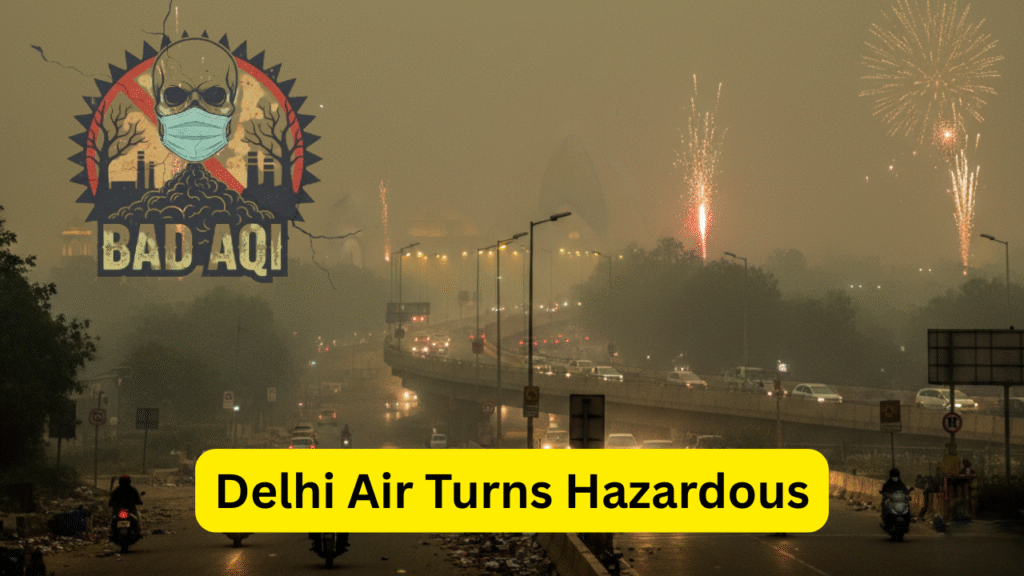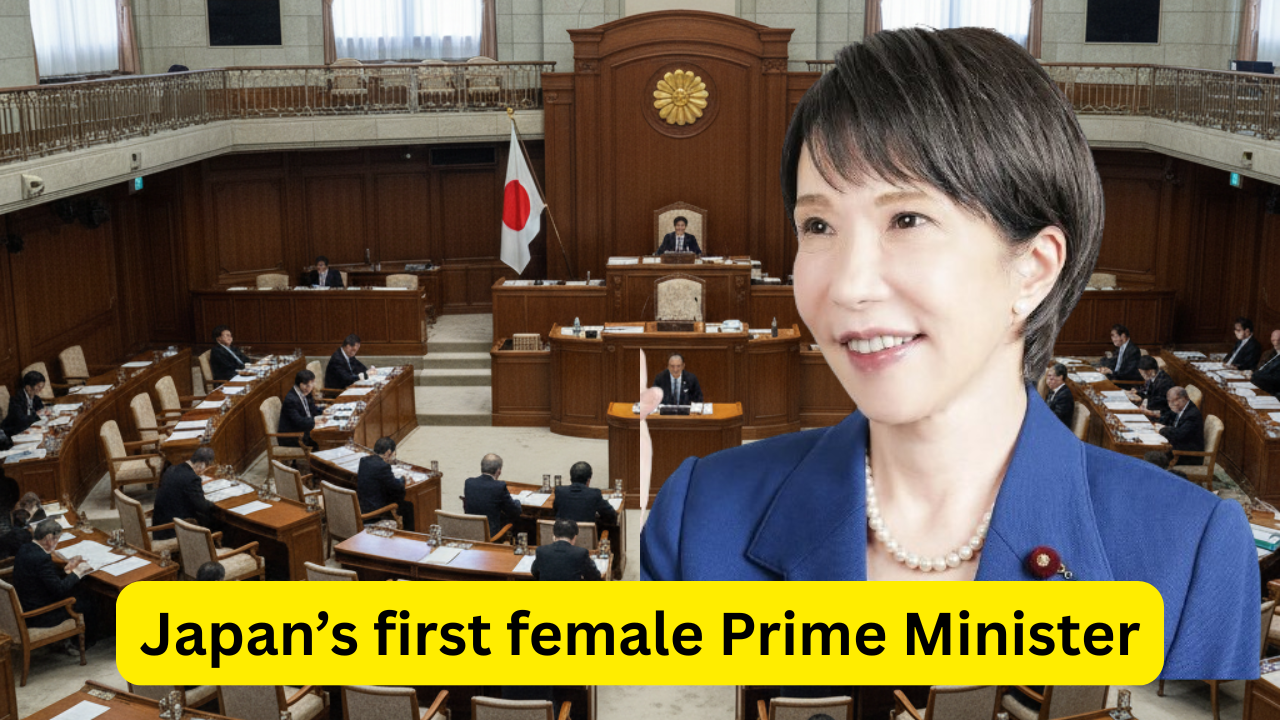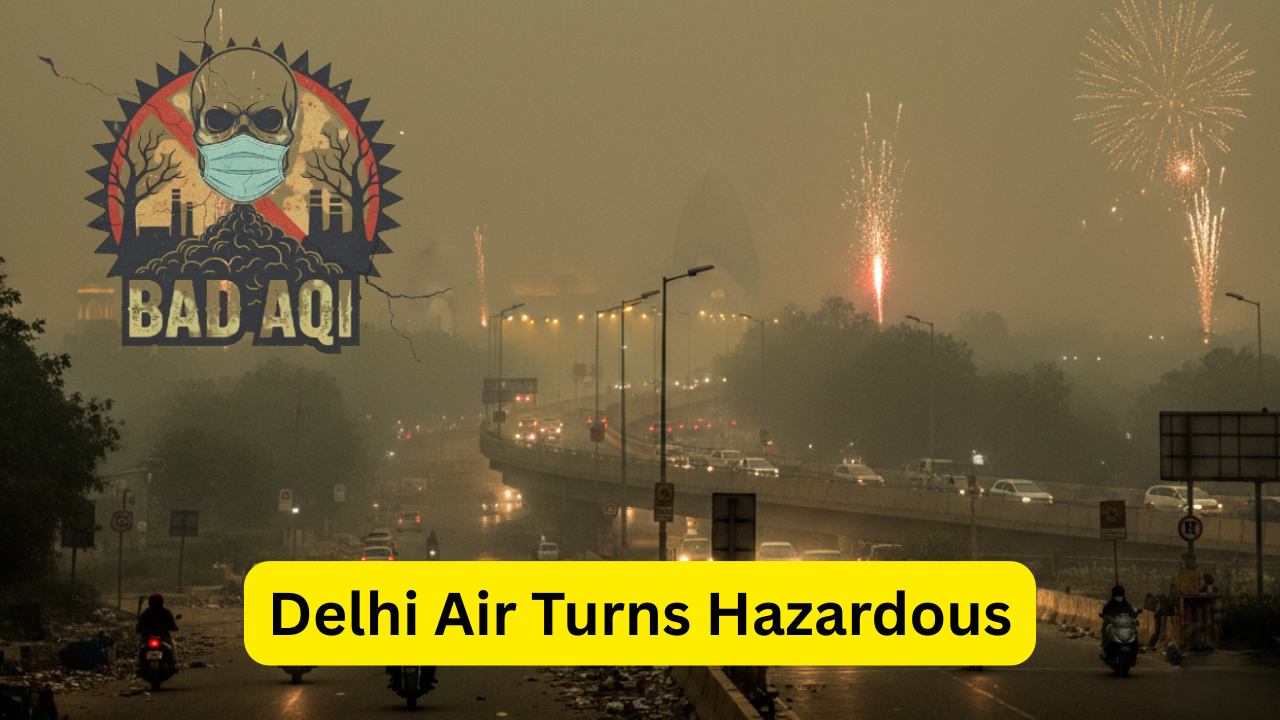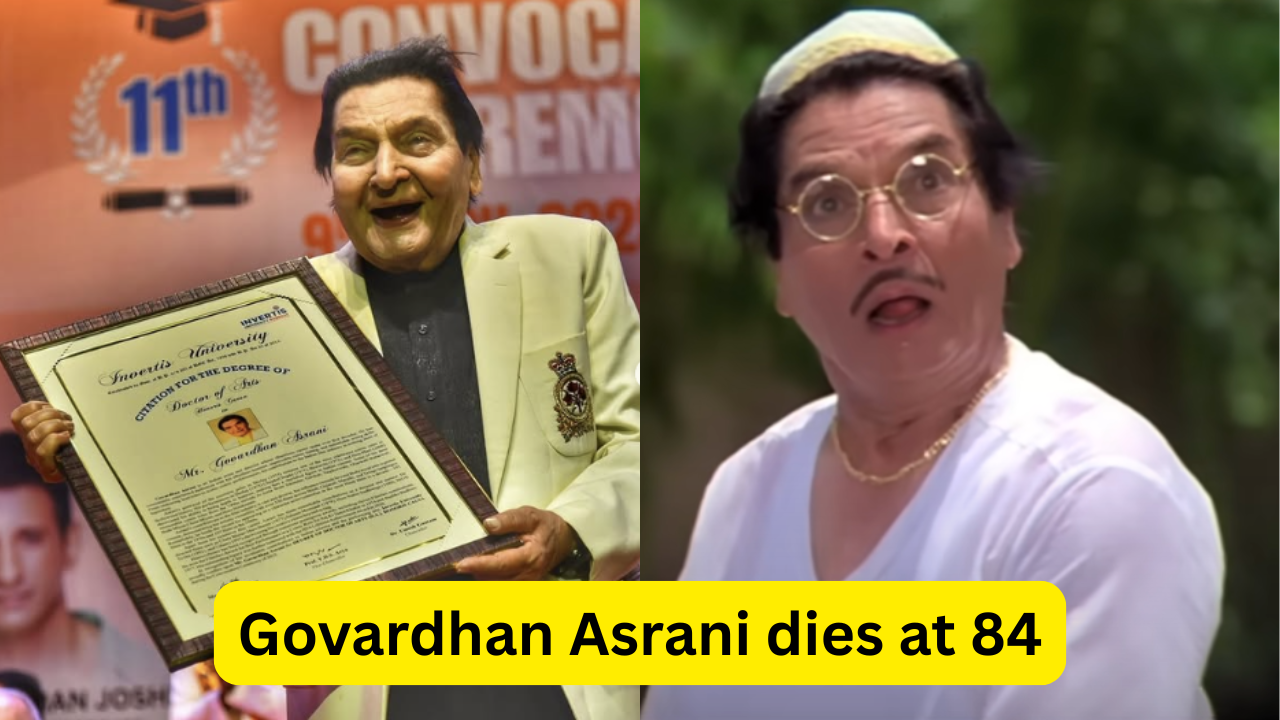The national capital was shrouded in a thick blanket of smog at the beginning of Monday morning as the Delhi air quality dropped to “hazardous” levels after extensive firecracker bursts during Diwali festivities. The Air Quality Index (AQI) in the city crossed 440 across many regions of the city, and Delhi became the world’s most polluted major city on October 21.
As per figures put forth by the Central Pollution Control Board (CPCB), PM2.5 concentrations in most of the monitoring stations fell between 1,400 and 1,800 µg/m³, much higher than the permissible limit of 60 µg/m³. Experts have pegged the shocking rise due to intense use of firecrackers, slow weather patterns, and ongoing pollution from vehicles and stubble burning in surrounding states.
Even though the Supreme Court had granted permission to use “green firecrackers,” which have been designed to release 30–50% fewer pollutants, locals complained that more conventional firecrackers were used on a large scale. Footage on social media indicated heavy smoke covering neighborhoods such as Anand Vihar, Punjabi Bagh, and RK Puram, cutting down visibility and raising health alarms.
The Delhi administration implemented Stage II of the Graded Response Action Plan (GRAP) to prevent emissions. Actions include prohibitions on diesel generators, increased water sprinkling, and limitations on construction dust. Environmentalists have, however, contended that such measures are reactive in nature and do not tackle the actual cause of unregulated usage of crackers.
Physicians have asked residents, particularly children, the elderly, and those suffering from respiratory disease, to remain indoors and either use air purifiers or N95 masks. “Diwali air pollution is equivalent to smoking 25–30 cigarettes in a day,” cautioned Dr. Arvind Kumar, who is a lung specialist at Medanta Hospital.
The Delhi Pollution Control Committee (DPCC) has advocated for stronger enforcement and a reevaluation of the “green cracker” policy, as it states that even their limited use makes a significant contribution to poisonous emissions.
As the capital grapples with this recurring crisis, experts stress the need for a sustained public awareness campaign and stronger legal deterrents to curb the annual spike in pollution. Without effective implementation, Delhi’s Diwali celebrations may continue to come at the cost of its citizens’ health and the environment.










